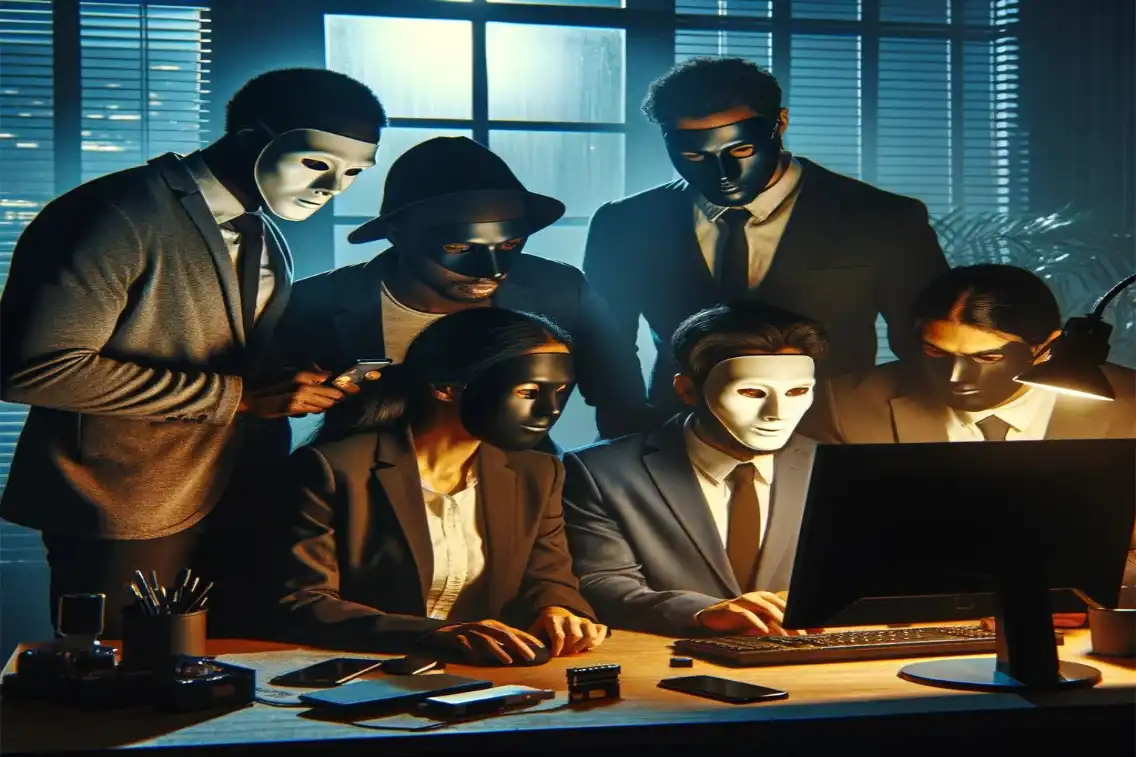In the previous article, we talked about copyrights and royalties of the writer. We saw a few steps which will help the writer earn more using the creation. Writing is more creative rather than originality, most books come from the life incidents of the writer or whatever the writer has deemed worthy to write about. The problem is always that more than one person always has one specific inspiration and that may inspire similar creations. The article below is not all about infringement because in writing is more derived and inspired rather than infringed. Let me ask you a simple question, Christopher Nolen, an iconic filmmaker from Hollywood made a psychological thriller classic called the ‘memento’ which follows a man who has been facing a short term memory loss problem and can’t remember anything over 15 minutes, he goes in search of his wife’s killer for revenge. Sounds very familiar right, yes.
GHAJINI, a film famous movie which was so good that it was re-made again in Hindi is about a short-term memory loss patient going in search of the man who was responsible for the death of his girlfriend. The films will seem so similar that memento’s trademark was the photo’s the lead takes for his memory, which is the memento. In Ghajini, the lead does the same and uses photos for his memories as well. Using the same baselines, it may seem that the two movies are the same. But they are actually not. The entire treatment is varied from both the movies, memento works in reverse screenplay and Ghajini works with the conventional non-linear screenplay. The characters are totally different in both the movies which on its own makes both the movies distinct. Now tell me, is this an infringement? Hard to say right. All Ghajini has taken is the baseline of the entire story but that is all you need to make a new story out of the old one. These are the type of cases we are going to look into and on different platforms of infringement as well. Let’s get started.
Copyright law protects the owner of the rights in literary and artistic works from those who ‘copy’, ’take’ or ‘use’ the form in which the original work has been expressed by the author. To qualify for copyright protection, a work must be original. That is, the work must have been independently created and not copied from the work of any other author or any form of materials from the public domain.
In copyright laws, originality relates to the form of expression and not to the underlying idea. This is how Dan brown got away with infringement. The Holy Blood and The Holy Grail is about the early Christian legend of the Holy Grail. The core of the authors’ hypothesis was that references to the Grail in early manuscripts were disguised references that were not to be a chalice, but rather to the bloodline of Jesus Christ. Baigent and Leigh the authors of ‘THE HOLY BLOOD AND THE HOLY GRAIL’ used six known ‘indisputable’ historical facts, though their conclusion was the result of ‘historical conjecture’ based on those facts. This quasi-historical approach was originally the basis of various other published hypotheses. Baigent and Leigh claimed copyright on the literary work and alleged that Dan Brown, the author of ‘The Da Vinci Code’, had copied the way in which they had designed the sequential connections of the merging bloodlines. Since there was only minute copying of the actual text of The Holy Blood and The Holy Grail, the claim stated that there had been a ‘non-literal copying of a substantial part’ of their literary work.
‘The Holy Blood and The Holy Grail’ is largely comprised of historical facts and theories, which are unprotectable ideas. Baigent and Leigh based their case on the claim that Brown had copied a substantial part of the “manner” in which they had expressed theirs. The was court held, pieces of evidence were clear that Dan Brown had drawn facts from The Holy Blood and The Holy Grail, but this does not mean that he had infringed the copyright in the book. Dan had interpreted the idea by taking it as a thriller and by solving the murder and opening up the facts as a clean pure thriller novel. The Holy Blood and The Holy Grail was more like a lesson on the historical facts and decoding the complex connections. The two are different in the way of treatment so the case did run in favour of THE DAVINCI CODE but the reference of THE HOLY BLOOD AND THE HOLY GRAIL was made to be mentioned. The DAVINCI CODE was an instant classic grabbing eyes for its conversion for movies as well. ALICE RANDELL’s ‘The Wind Done Gone’, re-tells Margaret Mitchell’s Civil War-era story from the point of view of ‘Gone with The Wind’ heroine Scarlett O’Hara’s half-sister. Ms. Randall explained that her work was written to critique a book depicting slavery and the Civil-War-era American South, while Margaret Mitchell argued that the use of the same settings and characters was a breach of the original work’s copyrights.
The court ruled that Alice Randall’s book was a constituted parody, which is permittable under the copyrights law protected by the First Amendment of the US Constitution, which guarantees freedom of worship, speech, assembly and a free press, it also stated that Mitchell’s estate may be entitled to monetary damages. The book was let to be published after both the parties came to a settlement outside the court. This comes under the FAIR USE section of the copyrights act. The use of the base story or update on a base story is also considered as an original work but the owners of the original work must accept the change. But good luck finding a writer who is ok with a third person altering his work.
A writer can not only copyright, but he can also trademark if they want to. Many have trademarked symbols, iconic names, even poetry that he has written in his book. An amazing example of this is J.K.ROWLING. she has made millions out of symbols and names being printed. Dumbledore, Hogwarts, Voldemort are names not just good but even iconic. And trademarking makes her the only one to use it and grant permission to use it and enjoy the privileges that come with it. George R.R. Martin is also an example. His diverse Characters made fans go crazy on the sigils. And every art element used by the game of thrones series have been sold out as a product and each product sold, George R.R. Martin gets a small sum from it.
Think about it. You create one catchy story that people like and you live rich for the rest of your life. This is the advantage of writing and copyrighting your ideas. They are like trees that cherish fruits in gradual time. Would you even imagine anyone trademarking ‘HODOR’? George R.R. Martin did, and when the 6th season of game of thrones came out HODOR (HOLD THE DOOR) was such a famous word that they had to start making dolls, posters and even t-shirts of the character HODOR. These are just a few examples of writers who made it big using the simple things they created. Everyone writes stories but only a few write them likeable. And history only knows very few who have used those likeable stories to their fullest.







